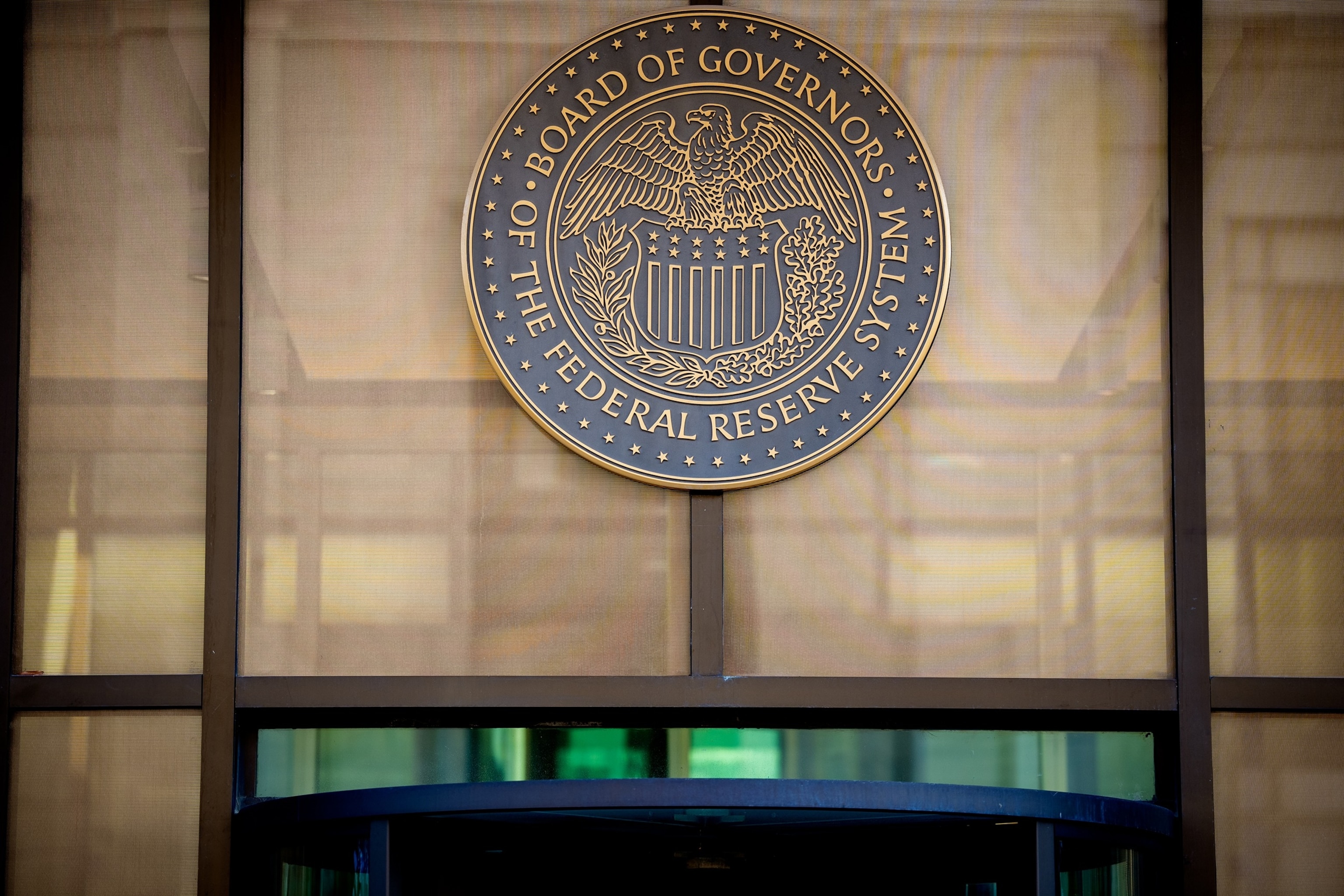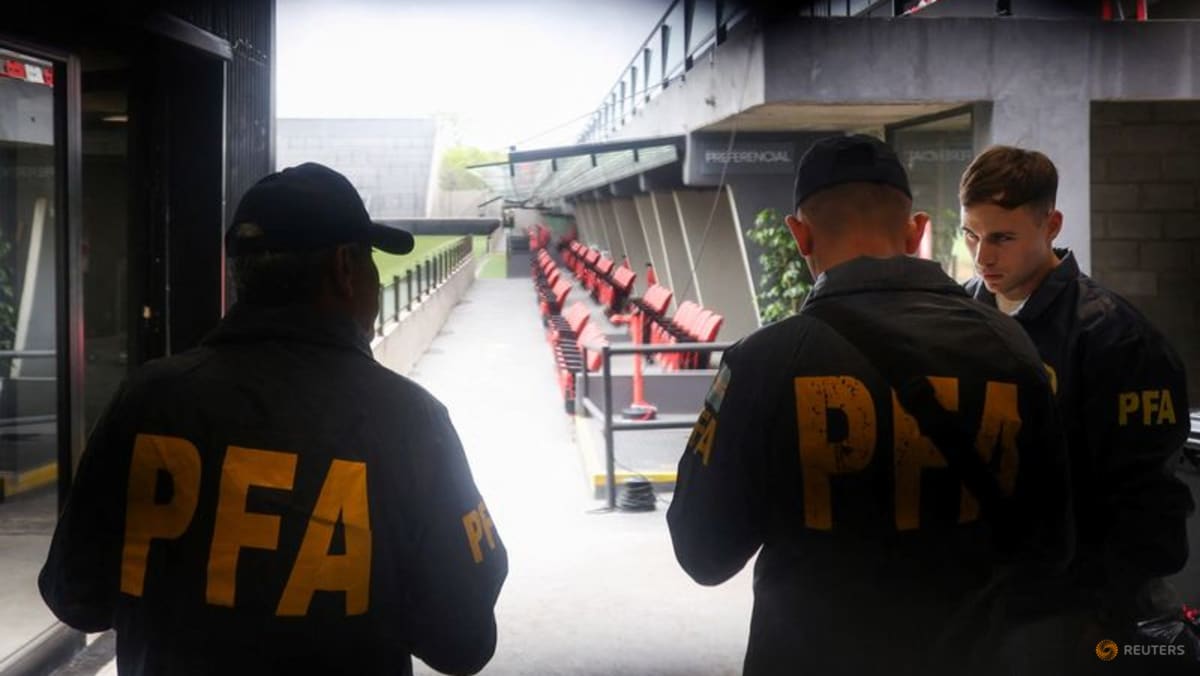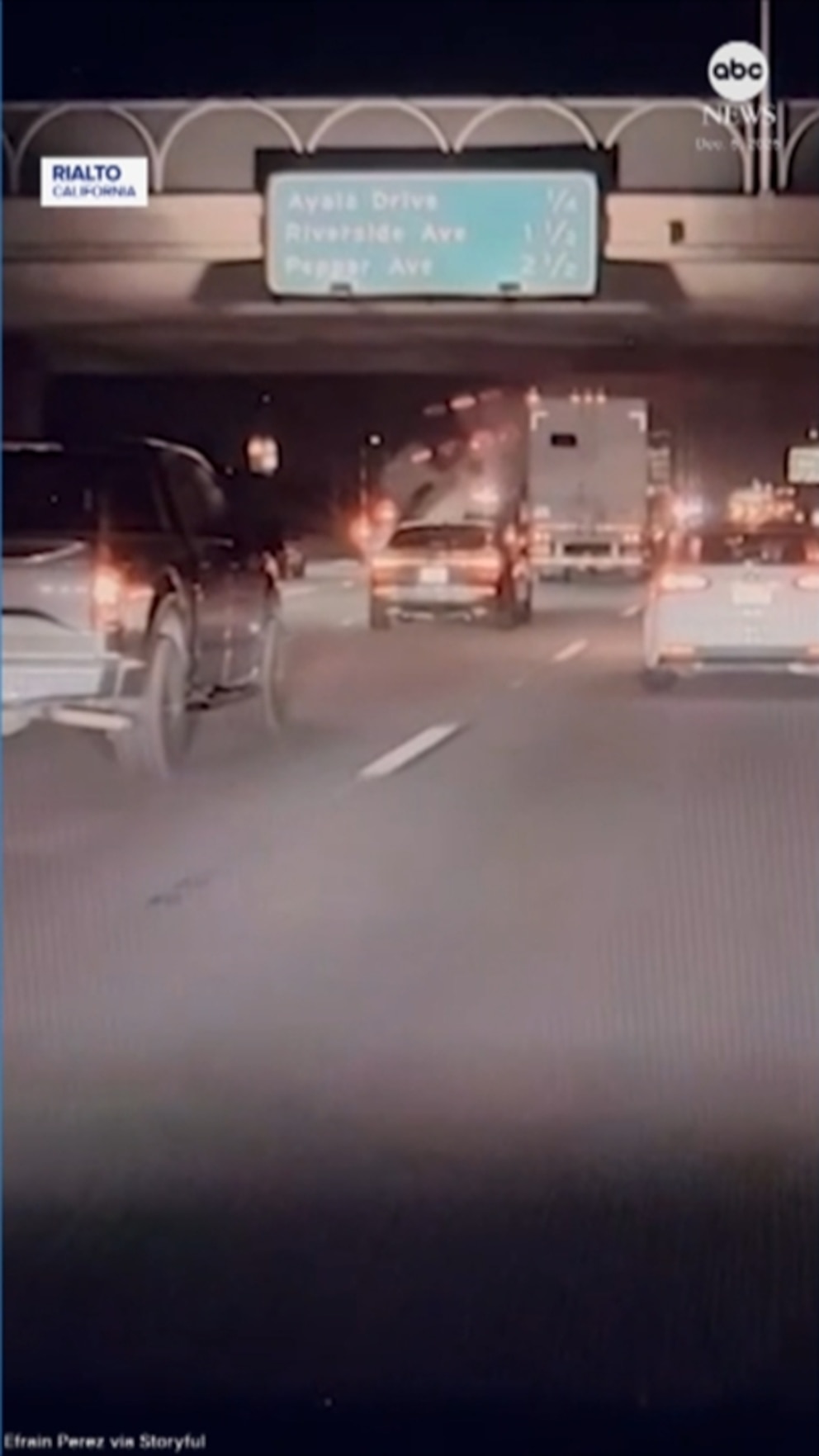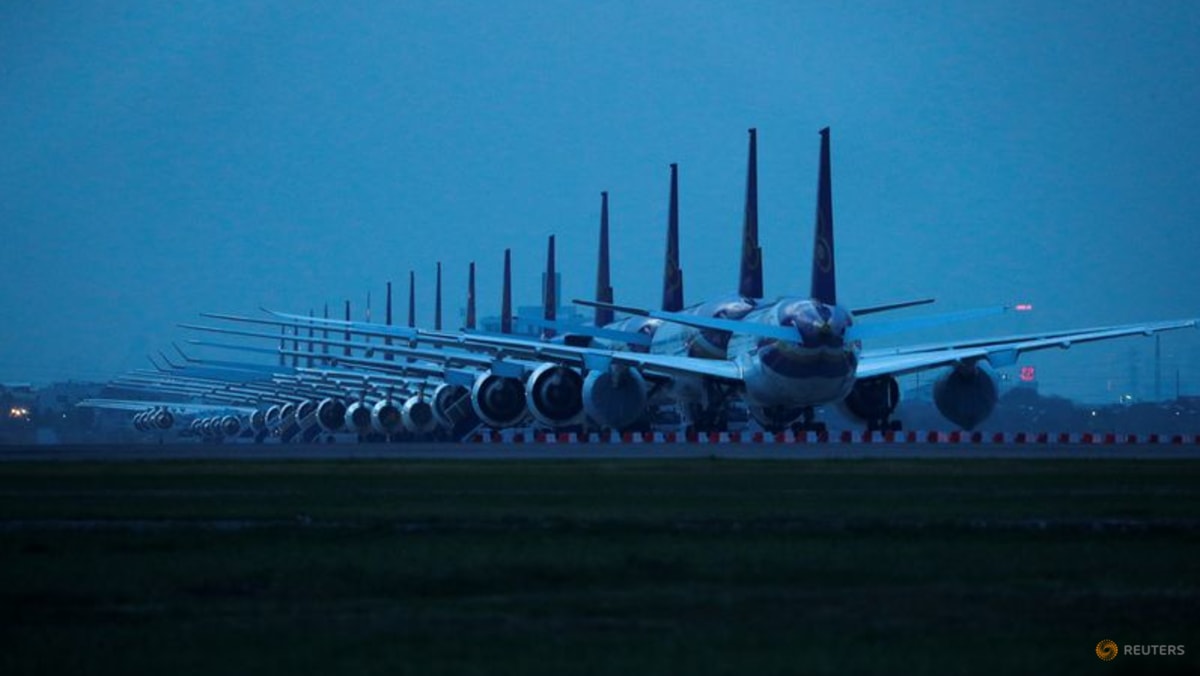CNA Explains: When are dogs allowed on flights and what can I do if I’m seated next to one?
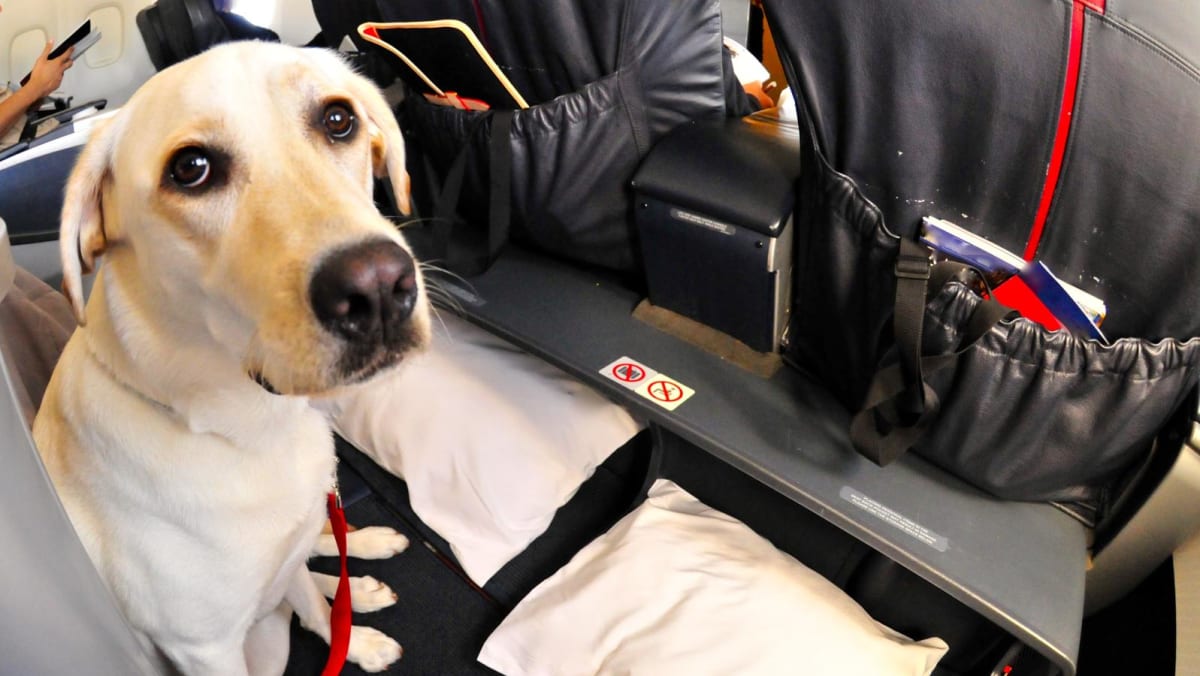
Is a service dog allowed in the plane cabin?
Passengers travelling with assistance dogs need to comply with the specific conditions and regulations of departure, transit and destination countries, according to SIA’s website.
The dogs have to be at least four months old and be trained to obey commands and behave appropriately. They must also not pose a direct threat to the health and safety of other passengers, said SIA.
The airline’s guidelines also stipulate that the dogs must not occupy a seat.
Small dogs no larger than the size of a two-year-old child may sit on a passenger’s lap, while larger dogs must sit on the cabin floor in front of the passenger’s seat.
Dogs must be leashed or kept in a carrier, and must not obstruct the legroom of other customers or block the aisle or emergency exit.
Moisture-absorbing mats must also be placed on the cabin floor beneath the dogs at all times.
Those travelling with an assistance dog must provide SIA with: Import and export permits, subject to country-specific regulations; a transshipment licence if the dog is transiting through Singapore; a veterinary health certificate; and a rabies vaccination letter.
Passengers will also have to show documentation that the dog was trained at a member organisation of the International Guide Dog Federation or Assistance Dogs International.
If the flight duration is more than eight hours, passengers will have to provide additional paperwork to certify that their assistance dog will not need to relieve itself on the flight, or that it can do so in a way that does not create a health or sanitation issue on the flight, said SIA.
If the assistance dog is of a restricted breed, passengers must provide additional documents regarding the dog’s behaviour.
They must do so “well in advance” of the flight, informing the local SIA office at least 48 hours before their departure.
Assistance dogs that meet these requirements are allowed to fly without additional charges.
Scoot said that entry certificates or approvals must be obtained by the destination country if required.
Passengers with assistance dogs are also required to carry a muzzle for their dog, an absorbent mat measuring at least 20 inches by 30 inches, and a dog quarantine certificate. A seatbelt will be provided for the dog.
For safety reasons, Scoot is only able to accommodate a maximum of two service dogs – one service dog per passenger – on board each aircraft.
Source: CNA





